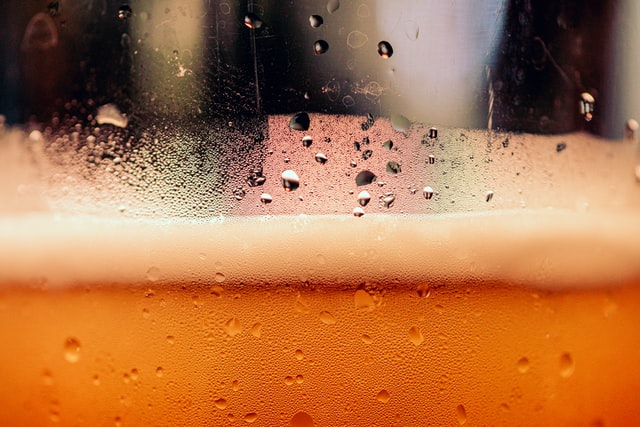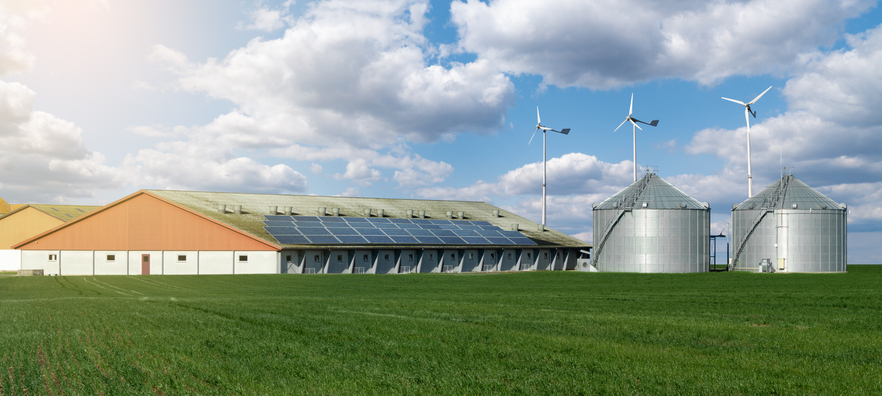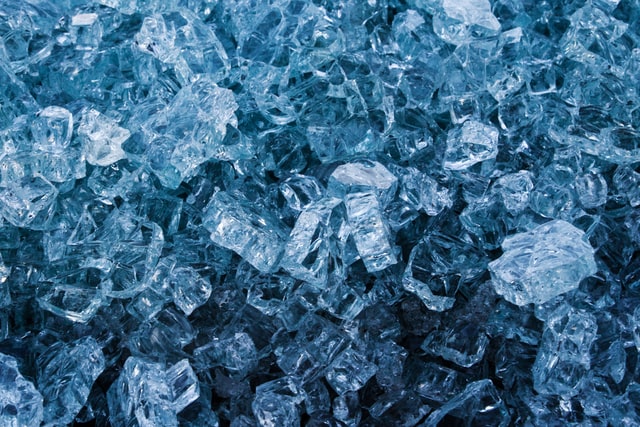
When designing a brewery chiller system capable of helping you produce batch after batch of noteworthy brews, it takes a strategic approach to ensure it will meet the unique needs of your operation. An intelligent chiller system design will also ensure your unit operates effectively and reliably to keep your brewing processes cool. Whether you need industrial-grade chilling for wort cooling, brite tank temperature control, fermentation, crash cooling, product storage, or another brewing process, it’s essential to design your system so that it works for you.
In this article, we’ll share our top brewery chiller system design and operation tips to keep your fans coming back pour after pour, starting with hints for integrating a chiller into your brewery.




